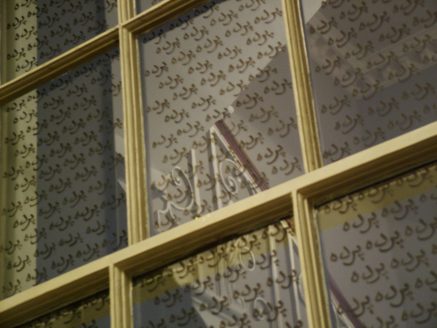
This paper explores the position of the critic, not only in relation to art objects, architectural spaces and theoretical ideas, but also in relation the site of writing itself. In order to explore how Jean Laplanche’s understanding of Copernican and Ptolemic movement informs the critique of architectural culture, this configuration explores site-writing’s key structuring mechanism – the tension between decentering and recentering – between the critic’s objective, as Ptolemic subject, to position the work according to his/her own agenda, situating it around the centre s/he occupies, and the potential Copernican revolution provoked by a work and its setting, which sends the critic off on new trajectories. Through a series of détournements the sculptures at the heart of London’s Trafalgar Square, including Mark Quinn’s Alison Lapper (2005) are decentered, relocating the critical gaze first to the ‘other’ within – the repressed acts of resistance which have taken place in this public place, then to the ‘other’ without – the sites of battle in colonial India to which a number of the sculptures refer, and finally to aspects of contemporary oil wars which are persistently being overlooked (the other without’s other within) – sites of destruction in Iraq.
Publication Details: ‘Trafalgar Square: Détournements (A Site-Writing), publication of my keynote address in Kristian Faschingeder, Kari Jormakka, Norbert Korrek, Olaf Pfeifer, Gerd Zimmermann, (eds), Architecture in the Age of Empire. 11th International Bauhaus-Colloquium 2009/Die Architektur der neuen Weltordnung. 11. Internationales Bauhaus-Kolloquium Weimar 2009, (Weimar: Verlag der Bauhaus-Universität Weimar, 2011).














































